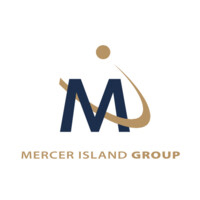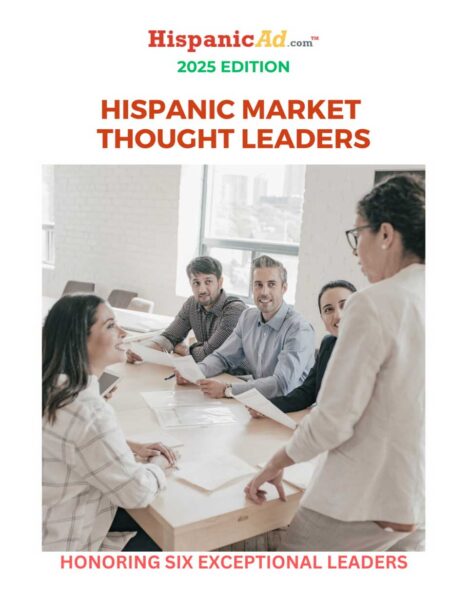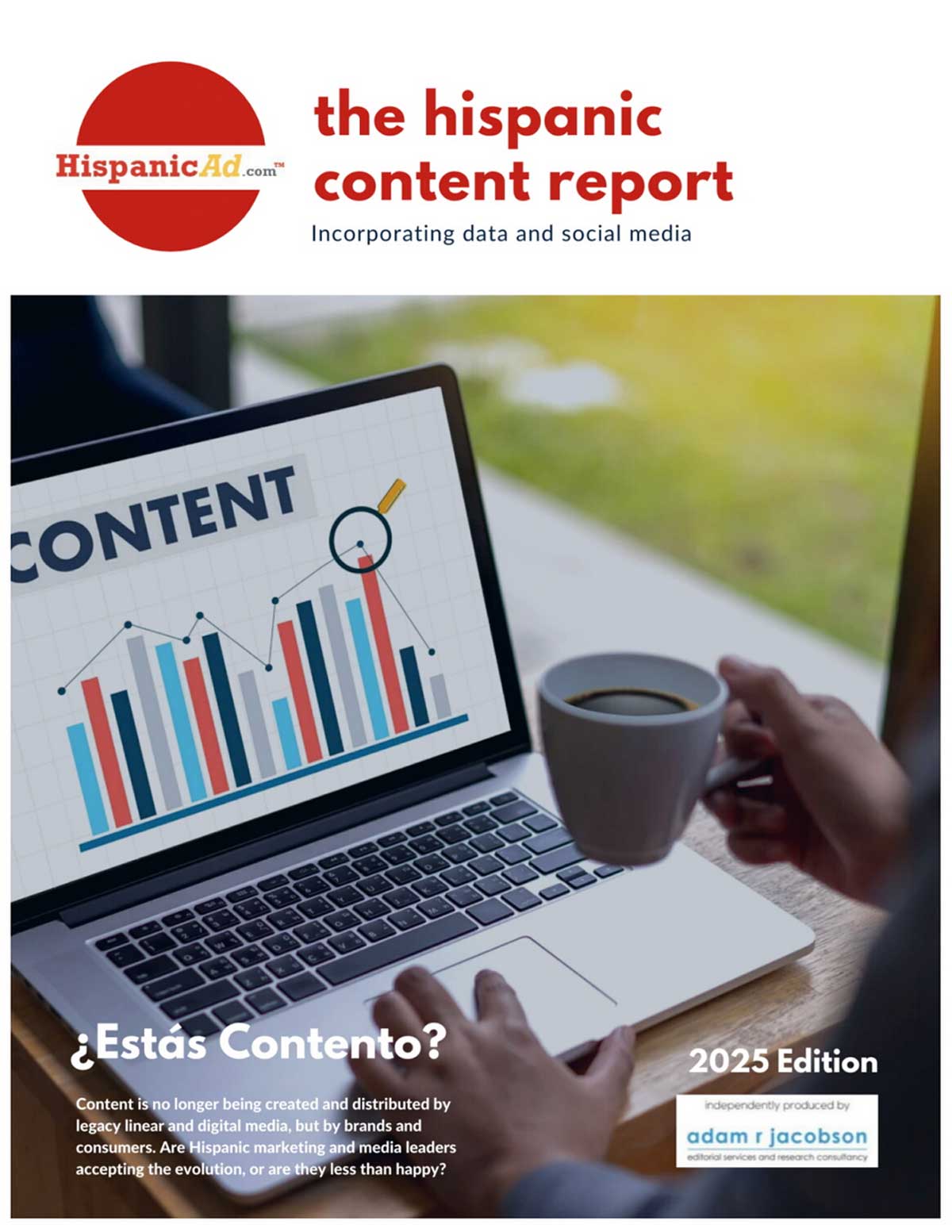It’s Time to Drive Organic Agency Growth
August 21, 2025

By: Steve Boehler
The current economic outlook can seem frightening.
P&G Chief Financial Officer Andre Schulten recently noted, “Consumers on both ends of the spectrum—low income and higher income—are reacting to the current volatility they are experiencing. We see consumption trends consistently decelerating.” P&G Chief Executive Jon Moeller added, “This new behavior is driven by worries about the future, whether over immigration policies, inflation, or how tariffs will filter down to consumers.”
With consumers on edge and political uncertainty, agencies are facing a number of headwinds, including less pitch volume. Agencies everywhere are finding business development to be a greater and greater challenge.
Agencies everywhere are finding business development to be a greater and greater challenge. Unfortunately, the business development strategies of many of these agencies are not up to the current challenge.
- Unattainable growth rates are often needed to achieve agency growth objectives
- The investment required and the low odds of winning pitches is debilitating
- Too much reliance is placed on a small group of senior “sellers”
- Difficulty “standing out” in pitches leads to expensive, wasteful theatrics
- Cold calling experiences are generally unsuccessful and demotivating
If you experience some of these challenges, your team is not alone! Most agencies face these challenges – hence, an opportunity exists to reinvent the industry’s business development strategies.
Many agencies approach business development with a focus on these three areas:
- Reviews: By far the biggest area of focus. Reviews get most of the business development resources – in people, focus and money. This is a tough focus, however, in a period of reduced review activity.
- Prospecting: Agencies do some prospecting, but this invariably is mostly relationship oriented. Few major accounts are landed today because an enterprising agency executive cold called an account they wanted and managed to work their way through to win the account. What happens more often is that agency executives maintain relationships and follow client executives from one company to another, hoping to land some business when the client executive has the chance to dole it out. This is a fine strategy, but not a predictable one.
- Current clients: Current satisfied clients are often an excellent source of organic growth – but rarely is there a devoted strategy to building business with the current client roster. Worse yet, there are very few well-conceived and effective processes in most agencies aimed at even maintaining the current clientele.
For example, I don’t know of very many agencies that work with their major clients to establish disciplined, third-party-driven annual 360-degree review processes—yet our work shows that an annual third-party-managed 360-degree process can virtually eliminate performance-related major account losses.
There is a better way – and if you start today, you will have a more promising future. Agencies everywhere need to turn their business development strategies upside down. Instead of the classic priority order of:
- Reviews
- Prospecting & cold calling
- Hoping for organic growth and praying you don’t lose accounts
Instead, turn it around – and re-invent your approach to each strategy:
- Avoid account losses & drive organic current client growth
- Learn to sell – and then go get the accounts that you really want
- Use your newly gained sales skills to improve your odds in reviews
A few words about each of these strategies:
Avoid account losses & drive organic current client growth: This is where it all starts. Your senior team probably can’t do this today because their lives are overwhelmed with the black hole of major pitches – most of which end in failure. And because these senior agency execs are so distracted, they can’t love the agency’s current clients the way the clients want to be loved. The result is lost business – putting that much more urgency on the new business pitches. A vicious cycle ensues – a race to less profitability and a lousy quality of life. This is no way to run an agency.
Your senior team must spend much more time ensuring existing clients are satisfied. Just one of the many ways they can do that is by championing the third-party 360 process. It is an early warning system to identify possible problems. And, in working through the process, the two parties are more committed to each other, understand each other better, and organic growth opportunities almost magically appear. This, along with training and quality performance, can be one of the best investments you can make in achieving your annual growth plans.
In addition to a 360, another key to consistently growing your existing clients is to create an endless stream of discussions about their business – which can often lead to opportunities for your agency to help even more. Job #1, of course, is to simply do great work. We won’t discuss that in this article because it is so painfully obvious. If you aren’t delivering on your existing SOW with distinction, you don’t deserve additional work.
Assuming you are delivering great work, here are four ideas that can add value and lead to additional opportunities for your agency:
1. Updated Strategy: A refreshed look at your client’s customer-facing strategies can be a powerful way to create important conversations about the client’s business and how your agency can help. Where possible, and certainly for important clients, we recommend that agencies make such a review a routine part of their relationship management efforts. This typically involves taking a fresh look at the client’s brand, competitors, and target audience. Look to derive important new insights where possible and recommend strategic evolutions as appropriate.
2. Provide a Competitive Review: Your clients need to understand their competitors’ strategies and tactics in order to stay current with their own marketing activities. Providing an updated competitive review to clients is a fine way to highlight your commitment to their business and to showcase your focus on their success.
Has the positioning of key competitors changed? What is the focus of their current campaign work? What search terms are they buying? Has their media mix changed? What are they doing to navigate the current economic climate? You should be able to answer questions like these with facts.
Once you have your arms around what the competitors are up to, the key is to then be able to discuss the implications of these findings to your client’s business and provide recommendations on how they should address your findings. Tying your analysis directly to your client’s business is a great way to further bind you to the client.
3. Prepare a Key Marketplace Trends Report: There is a wealth of up-to-date free content available on the internet regarding topics like customer trends, consumer trends, media trends, and hundreds of other topics. Curating trend information regarding topics that are important to your clients can be done quickly and cost-effectively. Once collected, it is relatively easy to turn such curated content into helpful reports for your clients, focused on their business challenges and needs. And be sure to add your own POV on what these trends mean for the client’s business and what you recommend they consider, where possible.
4. Lunch & Learn Series: Agency executives see a broader range of business challenges every day than their clients do. And agency executives need to dive much deeper into many marketing and advertising capabilities than clients. The result is that agency executives have a uniquely deep knowledge base in several areas that can benefit your clients.
An easy way to leverage that knowledge to help your clients and further cement your relationship is by hosting a regular Lunch & Learn session. The idea would be to hold regular sessions that go deep into a specific topic. Choose topics that will benefit your client counterparts but are easy to prepare for, like a session on programmatic, paid search, or CRM. Monthly or quarterly Lunch & Learn sessions provide important opportunities to connect with a broad range of folks from the client. The prep for a single Lunch & Learn session can then be leveraged across as many clients as you choose to engage in such meetings.




























